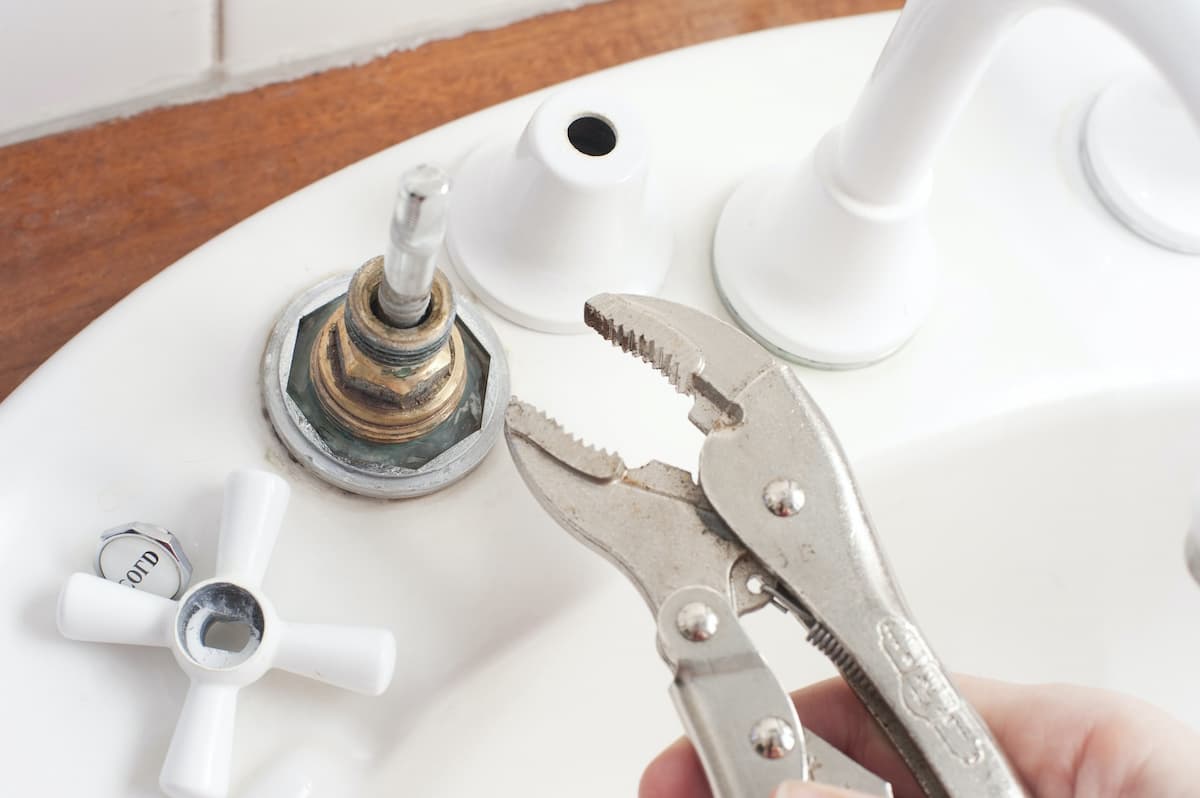

Articles
How Often Should Plumbing Be Replaced
Modified: December 7, 2023
Discover important information on how often plumbing should be replaced and get expert tips and advice in our latest articles.
(Many of the links in this article redirect to a specific reviewed product. Your purchase of these products through affiliate links helps to generate commission for Storables.com, at no extra cost. Learn more)
Introduction
Plumbing systems are an essential part of any home or building, providing us with fresh water for drinking, bathing, and cooking, as well as removing waste water. While plumbing is designed to last for many years, it is not invincible and will eventually require replacement. But how often should plumbing be replaced?
In this article, we will explore the signs that indicate the need for plumbing replacement, factors to consider when deciding the frequency of replacement, different types of plumbing and their lifespan, preventive maintenance tips to extend the lifespan of plumbing, and answers to some frequently asked questions about plumbing replacement.
Understanding when and how often to replace your plumbing is crucial for maintaining the functionality and safety of your home or building. It is not only a matter of convenience, but also a matter of preventing potential plumbing disasters such as leaks, bursts, or water damage.
So, let’s dive in and explore the world of plumbing replacement to ensure that your plumbing system remains in optimal condition for years to come.
Key Takeaways:
- Regular maintenance and inspections by a professional plumber can extend the lifespan of your plumbing system, minimizing the need for frequent replacements and preventing costly repairs.
- Signs such as frequent leaks, low water pressure, and corrosion indicate the need for plumbing replacement, prompting further inspection by a licensed plumber to ensure optimal functionality and safety.
Read more: How Often Should Insulation Be Replaced
Signs that Plumbing Needs to be Replaced
Knowing the signs that indicate the need for plumbing replacement can save you from costly repairs and potential water damage. Here are some common signs that your plumbing may need replacement:
- Frequent leaks: If you find yourself constantly dealing with leaks, even after repairs, it might be a sign that your plumbing system is reaching the end of its lifespan. Leaks can occur due to pipe corrosion, deterioration, or wear and tear.
- Low water pressure: If you notice a significant drop in water pressure throughout your home, it could be a sign of sediment buildup, pipe blockages, or deteriorating plumbing. In some cases, replacing old pipes may be necessary to restore optimal water pressure.
- Corrosion: Corrosion is a common problem in plumbing systems, especially in older homes with galvanized pipes. If you notice rust-colored water or visible signs of rust on your pipes, it’s a clear indication that your plumbing is deteriorating and needs replacement.
- Foul odors: Persistent foul smells coming from your drains or plumbing fixtures may indicate sewer line issues. Sewer lines can become damaged or deteriorate over time, leading to unpleasant odors and potential health hazards. Replacement of the sewer line may be necessary to eliminate the problem.
- Water discoloration: If your water appears discolored, such as brown, yellow, or cloudy, it could be a sign of corrosion or pipe degradation. This can occur in both supply lines and drain lines and may warrant the replacement of affected pipes.
It’s important to note that these signs are not definitive proof that your plumbing needs immediate replacement. However, they are strong indicators that should prompt further inspection by a professional plumber.
If you notice any of these signs or have concerns about the condition of your plumbing system, it is advisable to consult with a licensed plumber who can assess the situation and recommend appropriate actions, which may include partial or complete plumbing replacement.
Factors to Consider when Deciding Replacement Frequency
When it comes to deciding the frequency of plumbing replacement, several factors need to be considered. Here are some key factors that can help determine the appropriate replacement frequency:
- Age of the plumbing: The age of your plumbing system is a crucial factor in determining whether or not it needs replacement. Most plumbing materials have a lifespan, and as they age, they become more prone to issues such as leaks, corrosion, and blockages. As a general rule of thumb, if your plumbing is over 50 years old, it is likely due for replacement.
- Maintenance history: Regular maintenance and upkeep of your plumbing system can significantly extend its lifespan. If you have diligently maintained and repaired your plumbing over the years, it may not require replacement as frequently. On the other hand, neglecting maintenance can accelerate the deterioration of your plumbing, leading to more frequent replacement.
- Type of plumbing material: Different types of plumbing materials have varying lifespans. For example, copper pipes are known for their durability and can last up to 50 years or more. However, materials such as galvanized steel or polybutylene may have significantly shorter lifespans and may need more frequent replacement. Understanding the lifespan of your plumbing material can help determine replacement frequency.
- Water quality: The quality of the water flowing through your plumbing system can impact its lifespan. Hard water, which contains high levels of minerals like calcium and magnesium, can contribute to the buildup of scale and corrosion in your pipes. If you live in an area with hard water, you may need to consider more regular plumbing replacement to combat these issues.
- Future renovation plans: If you have plans for major renovations or remodeling that will affect your plumbing system, it may be practical to replace the plumbing at the same time. This can save you time, money, and inconvenience in the long run by ensuring that your new plumbing system is compatible with your desired renovations.
It is important to consult with a professional plumber who can assess your specific circumstances and provide expert advice on the optimal replacement frequency. They can evaluate the condition of your plumbing, consider the factors mentioned above, and recommend the most appropriate course of action.
Remember, regular inspections and maintenance can help catch potential issues early on and prolong the life of your plumbing system, ultimately reducing the need for frequent replacement.
Different Types of Plumbing and their Lifespan
Plumbing materials play a crucial role in determining the lifespan and durability of your plumbing system. Here are some common types of plumbing materials and their average lifespans:
- Copper: Copper pipes are known for their durability and resistance to corrosion. With proper installation and maintenance, copper pipes can last up to 50 years or more. They are often the preferred choice for both supply lines and water distribution systems.
- PVC: PVC (polyvinyl chloride) pipes are widely used for drainage and waste systems. They are lightweight, affordable, and resistant to chemical corrosion. PVC pipes have an average lifespan of 25 to 40 years, making them a popular choice for residential plumbing.
- PEX: PEX (cross-linked polyethylene) pipes are flexible and easy to install, making them a preferred choice for new construction or retrofitting. PEX pipes have an average lifespan of 20 to 30 years and are resistant to freezing and bursting, making them suitable for both hot and cold water supply lines.
- Galvanized Steel: Galvanized steel pipes were commonly used in older homes. However, they have fallen out of favor due to their susceptibility to corrosion and leakage over time. The average lifespan of galvanized steel pipes is around 20 to 50 years, depending on various factors such as water quality and maintenance.
- Cast Iron: Cast iron pipes were prevalent in older homes and commercial buildings. While they are incredibly durable and resistant to extreme temperatures, cast iron pipes can be prone to rust and degradation over time. With proper maintenance, they can last anywhere from 50 to 100 years.
It’s important to note that these are average lifespans, and actual durability can vary depending on factors such as water quality, installation quality, maintenance, and usage patterns. Additionally, most plumbing systems are a combination of different materials, with different sections requiring different levels of attention and potential replacement.
If you are unsure about the type of plumbing materials used in your home or building or need assistance in assessing their condition, it’s best to consult with a professional plumber. They can conduct a thorough inspection, identify the materials, and provide guidance on any necessary replacements or repairs.
Remember, proactive maintenance and regular inspections are crucial for identifying and addressing issues before they escalate, ultimately extending the lifespan of your plumbing system.
Plumbing should be replaced every 20-25 years to prevent leaks and other issues. However, factors like water quality and usage can affect this timeline. Regular inspections can help determine when replacement is necessary.
Preventive Maintenance for Extending the Lifespan of Plumbing
Regular preventive maintenance is key to ensuring the longevity and efficiency of your plumbing system. By implementing these preventive measures, you can extend the lifespan of your plumbing and minimize the need for frequent replacements:
- Inspect for leaks: Regularly inspect your plumbing system for any signs of leaks. Check visible pipes, faucets, and fixtures for drips or moisture. Addressing leaks promptly can prevent water damage and reduce the risk of corrosion or deterioration.
- Monitor water pressure: Keep an eye on your water pressure to ensure it remains within the optimal range. Excessively high water pressure can strain your pipes, leading to leaks or bursts. Consider installing a pressure regulator if your water pressure exceeds recommended levels.
- Prevent frozen pipes: During cold weather, take steps to prevent your pipes from freezing. Insulate exposed pipes, disconnect and drain outdoor water hoses before winter, and allow a slow drip from faucets to prevent pressure build-up. Frozen pipes can lead to cracks or bursts, requiring costly repairs or replacements.
- Flush your water heater: Sediment can accumulate in your water heater over time, affecting its efficiency and lifespan. Regularly flush your water heater to remove any sediment and ensure optimal performance. Follow the manufacturer’s instructions or consult a professional if you are unsure how to do so safely.
- Avoid chemical drain cleaners: Chemical drain cleaners can be harsh on your plumbing system, leading to corrosion or damage. Instead, opt for natural drain-cleaning methods or use a plunger or drain snake to clear clogs. Regularly clean drains to prevent the buildup of debris and avoid potential blockages.
- Be mindful of what goes down the drains: Avoid disposing of grease, oil, coffee grounds, and other substances that can clog your drains. Use drain strainers to catch hair, food particles, and other debris. Properly dispose of hazardous materials and avoid flushing non-biodegradable items down the toilet.
- Schedule regular professional inspections: Regular inspections by a licensed plumber can help identify potential issues before they become major problems. A professional plumber can assess the condition of your plumbing system, detect hidden leaks or blockages, and recommend any necessary repairs or replacements.
By implementing these preventive maintenance measures and adopting good plumbing habits, you can significantly extend the lifespan of your plumbing system. Regular maintenance not only saves you from costly repairs but also ensures the efficient and reliable performance of your plumbing for years to come.
Read more: How Often Should Vinyl Siding Be Replaced
Frequently Asked Questions about Plumbing Replacement
Here are some commonly asked questions about plumbing replacement:
- How often should plumbing be replaced?
- What are the signs that indicate the need for plumbing replacement?
- Can I replace plumbing myself or should I hire a professional?
- How much does plumbing replacement cost?
- Are there any alternatives to full plumbing replacement?
The frequency of plumbing replacement varies depending on several factors such as the age of the plumbing, maintenance history, and the type of plumbing material. Generally, plumbing systems can last anywhere from 20 to 50 years. However, it is recommended to have regular inspections by a professional plumber who can assess the condition of your plumbing and provide guidance on the optimal replacement frequency.
Some signs that may indicate the need for plumbing replacement include frequent leaks, low water pressure, corrosion, foul odors, and water discoloration. It’s important to note that these signs are not definite proof of replacement necessity, but rather indicators that further inspection by a professional plumber is warranted.
It is highly recommended to hire a licensed plumber for plumbing replacement. Professional plumbers have the expertise, specialized tools, and knowledge to safely and efficiently replace plumbing components. DIY plumbing replacement can lead to costly mistakes and potential damage if not done correctly.
The cost of plumbing replacement can vary depending on factors such as the size of the project, location, accessibility, the extent of replacement needed, and the type of plumbing materials used. It is best to obtain estimates from professional plumbers to get an accurate idea of the cost for your specific project.
In some cases, partial repairs or upgrades may be sufficient to address specific plumbing issues. A professional plumber can assess the condition of your plumbing system and recommend the most appropriate course of action. It’s important to address any plumbing concerns promptly to prevent further damage or complications.
Remember, plumbing replacement should be considered as a long-term investment in the functionality and safety of your home or building. Consulting with a professional plumber and following their recommendations will help ensure that your plumbing system remains in optimal condition for years to come.
Conclusion
Proper maintenance and timely replacement are essential for maintaining the functionality and longevity of your plumbing system. By being aware of the signs that indicate the need for replacement, considering key factors in determining replacement frequency, understanding the lifespan of different types of plumbing materials, and implementing preventive maintenance measures, you can extend the lifespan of your plumbing system and minimize the need for frequent replacements.
Regular inspections by professional plumbers, prompt repairs of leaks or damage, and adopting good plumbing habits are crucial for preventing major issues and ensuring the efficient performance of your plumbing system. Remember, neglecting the maintenance and replacement needs of your plumbing can lead to costly repairs, water damage, and inconvenience.
If you have any concerns about the condition of your plumbing system or are unsure about the appropriate replacement frequency, it is best to consult with a licensed plumber. They can assess your specific circumstances, provide expert advice, and carry out any necessary replacements or repairs.
By taking proactive steps to maintain and care for your plumbing system, you can enjoy a reliable supply of clean water, efficient drainage, and peace of mind knowing that your plumbing is in optimal condition for years to come.
Frequently Asked Questions about How Often Should Plumbing Be Replaced
Was this page helpful?
At Storables.com, we guarantee accurate and reliable information. Our content, validated by Expert Board Contributors, is crafted following stringent Editorial Policies. We're committed to providing you with well-researched, expert-backed insights for all your informational needs.


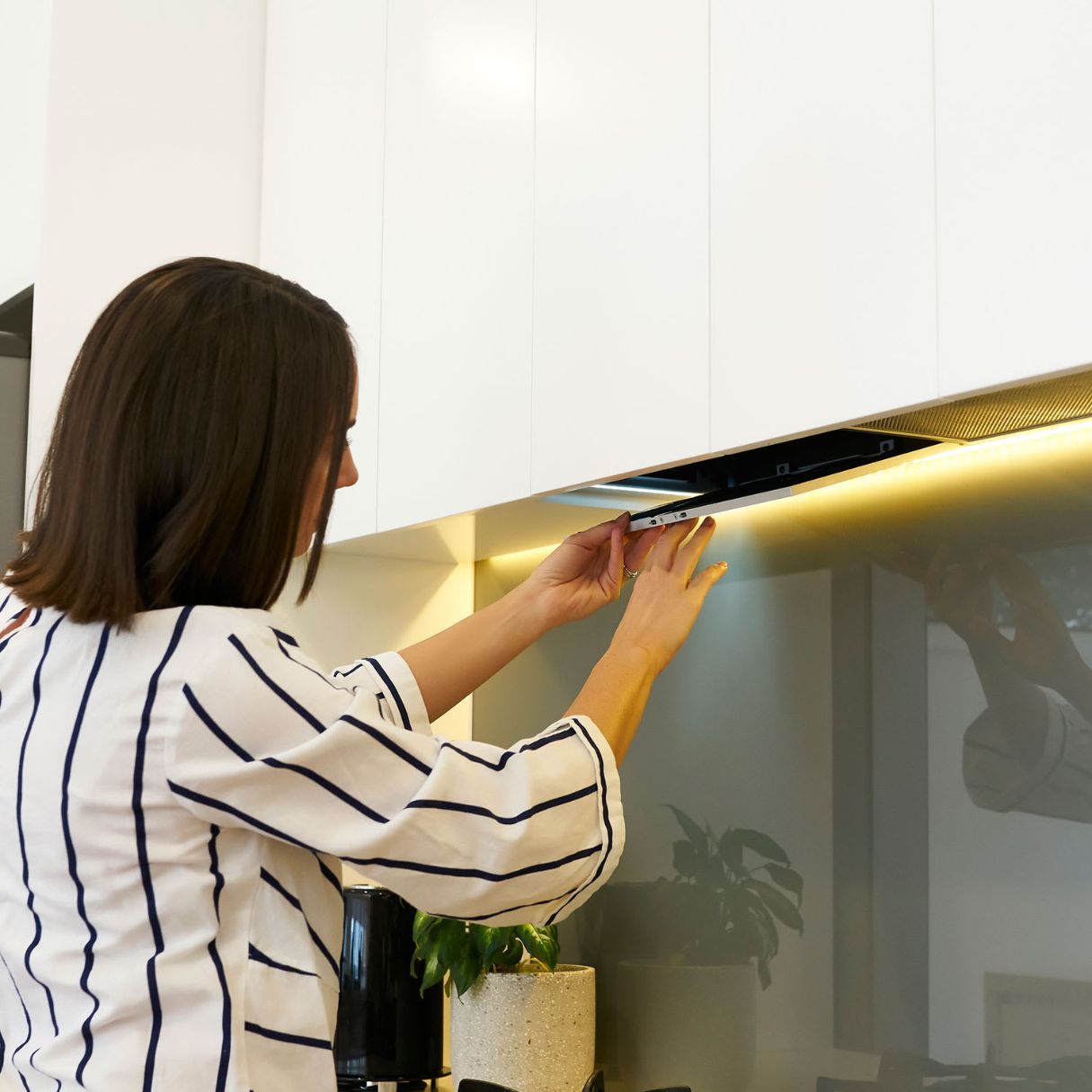
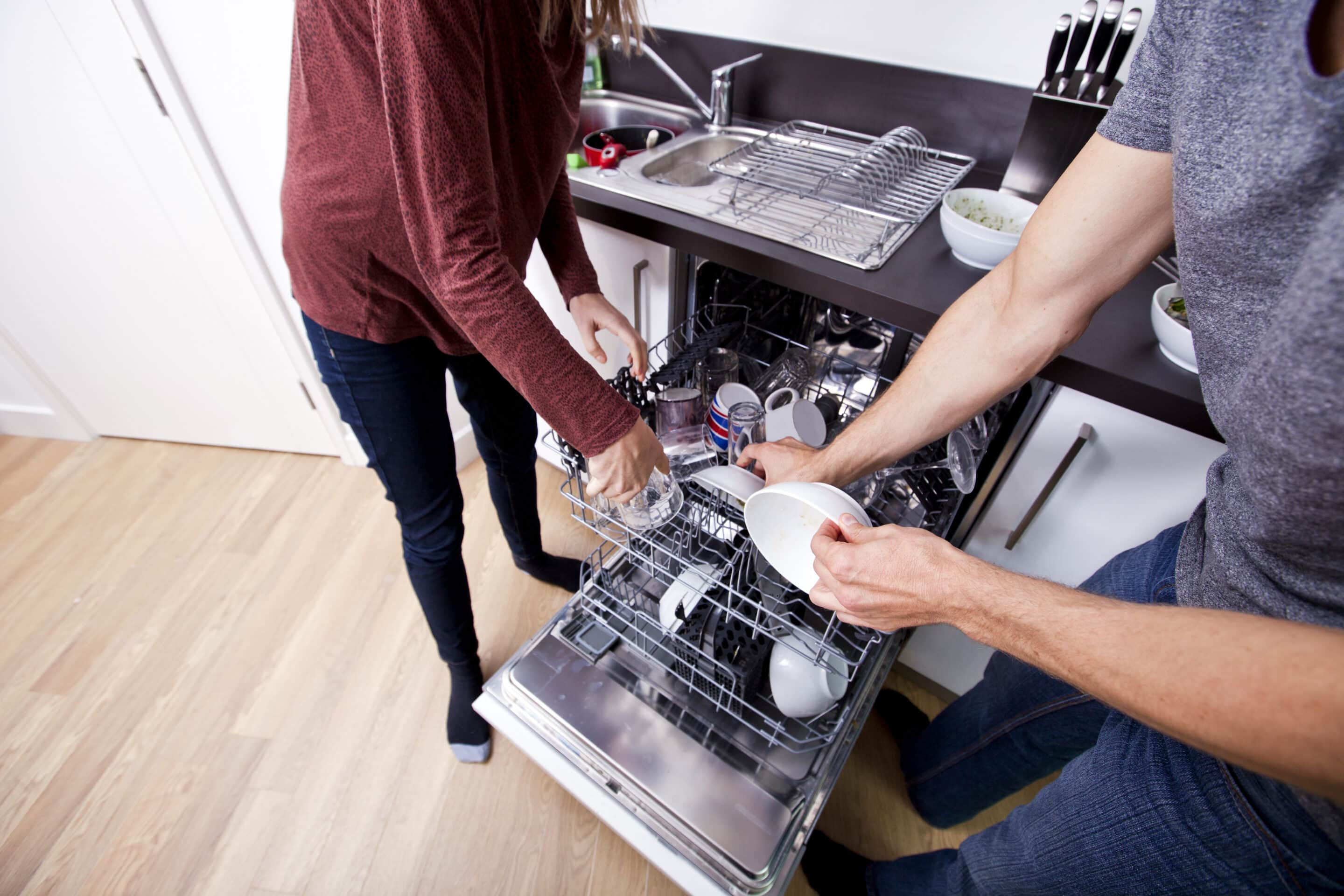
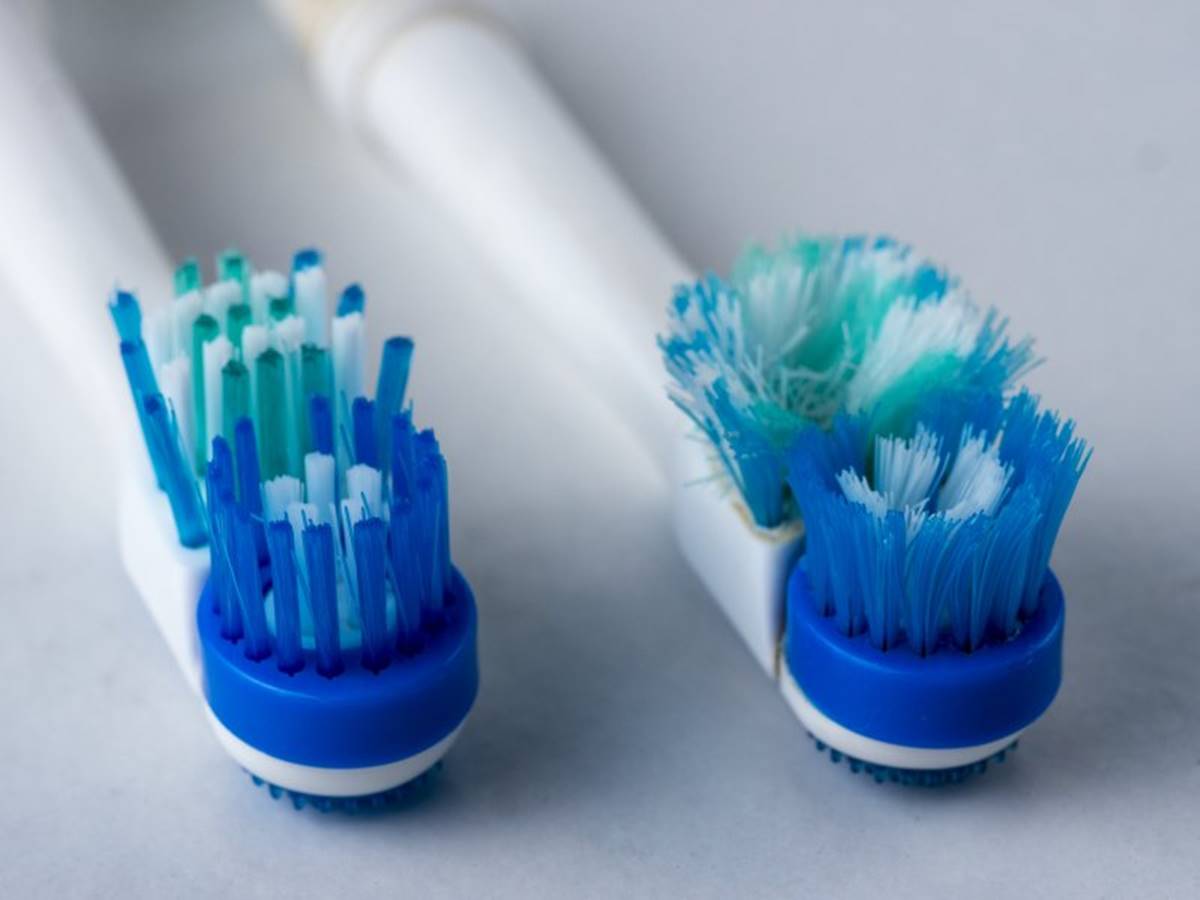
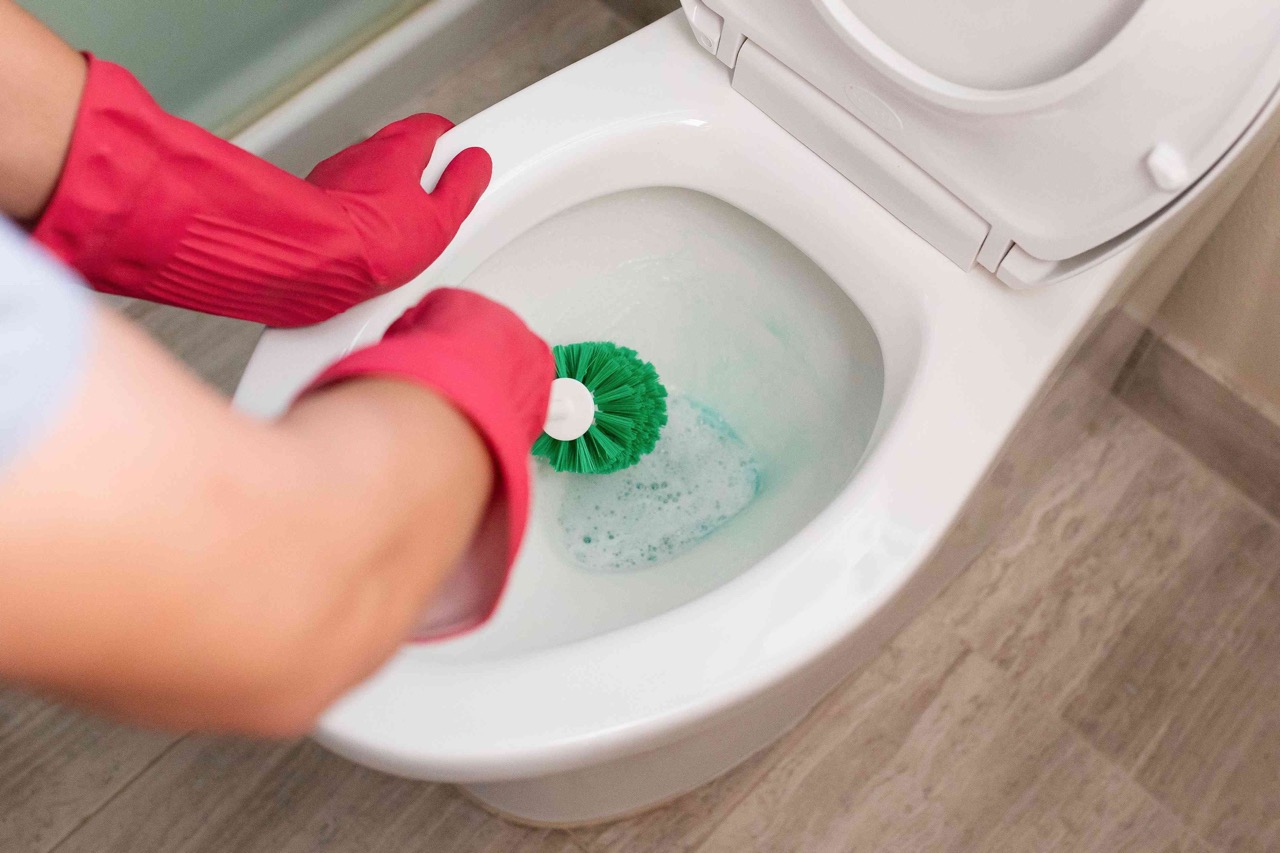
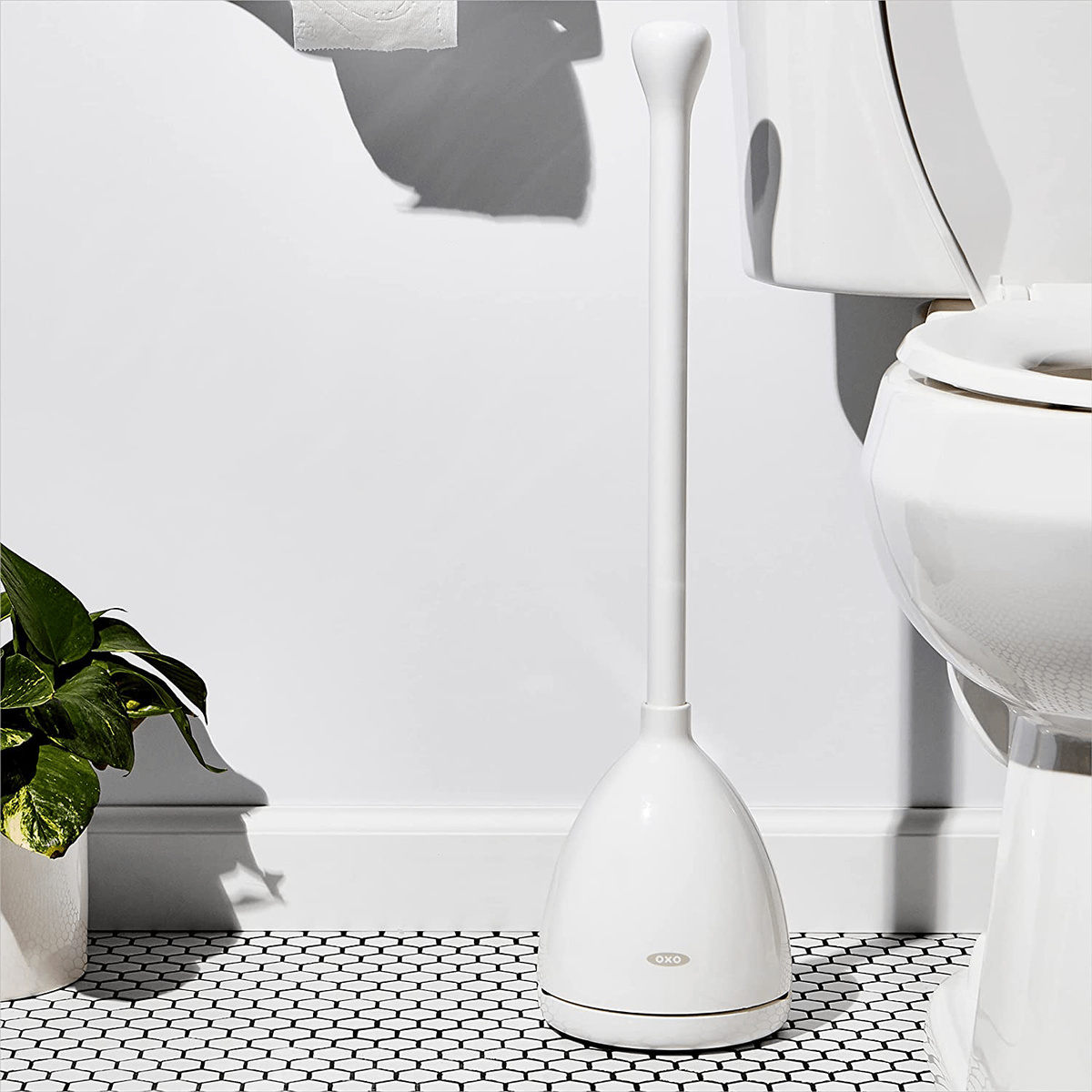
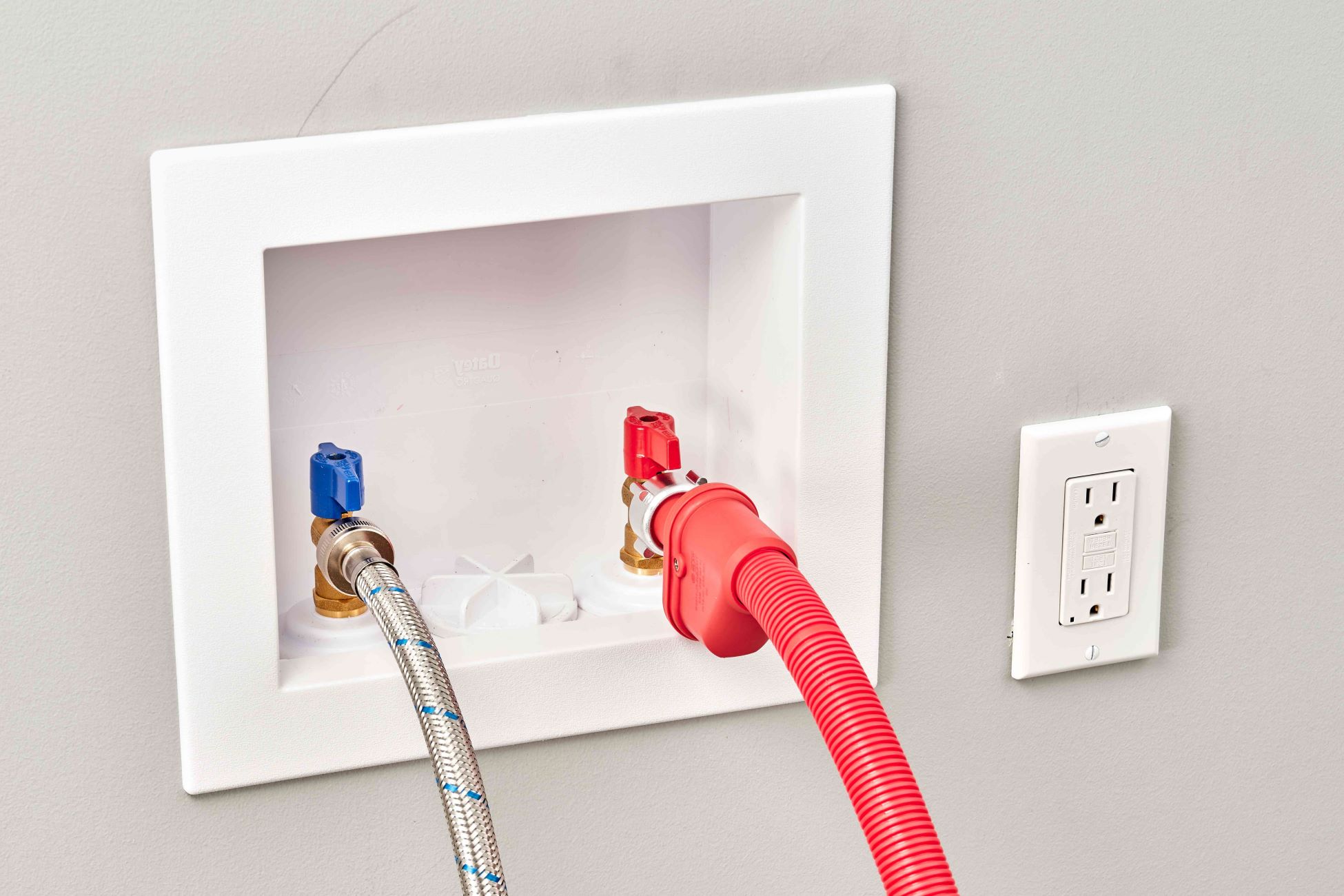
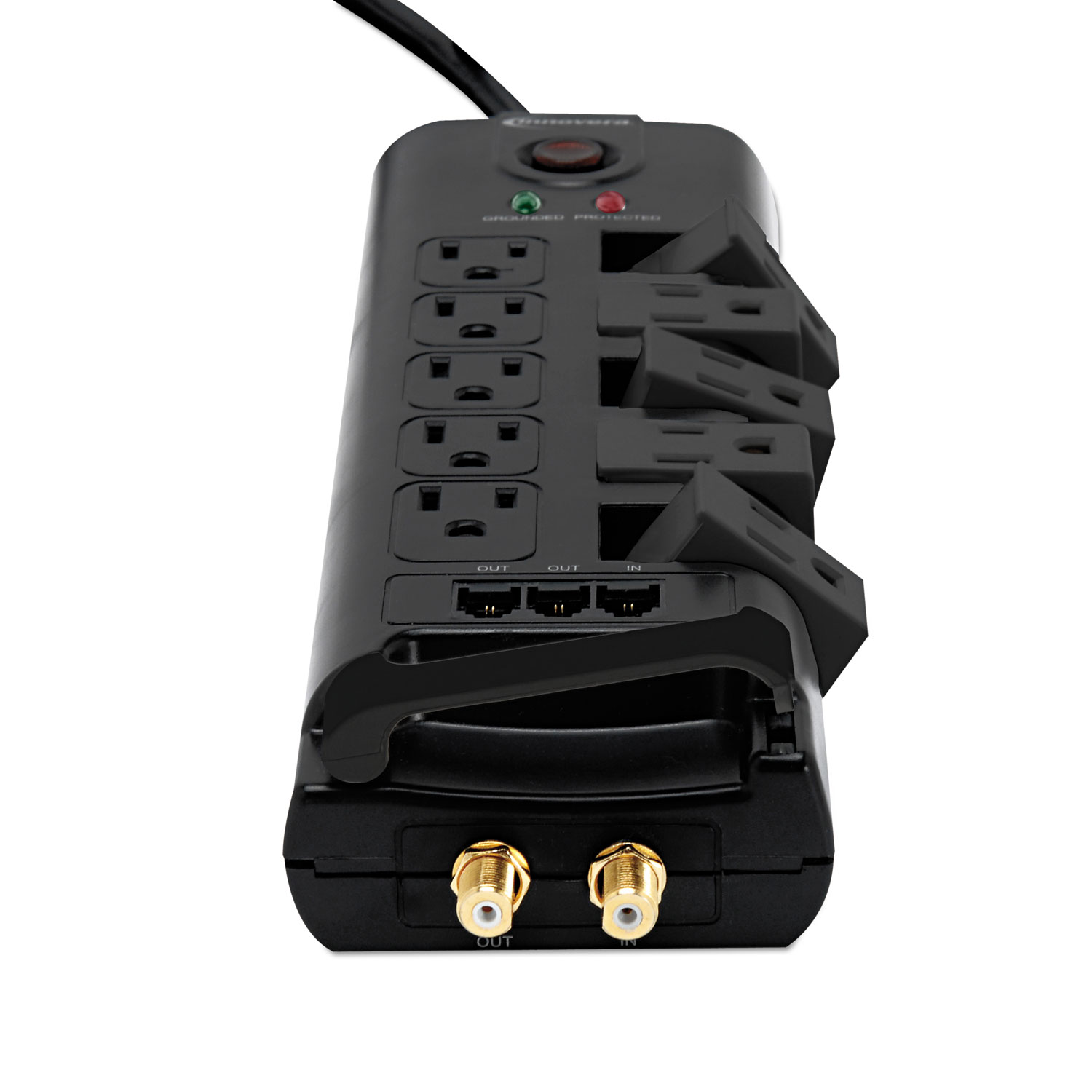
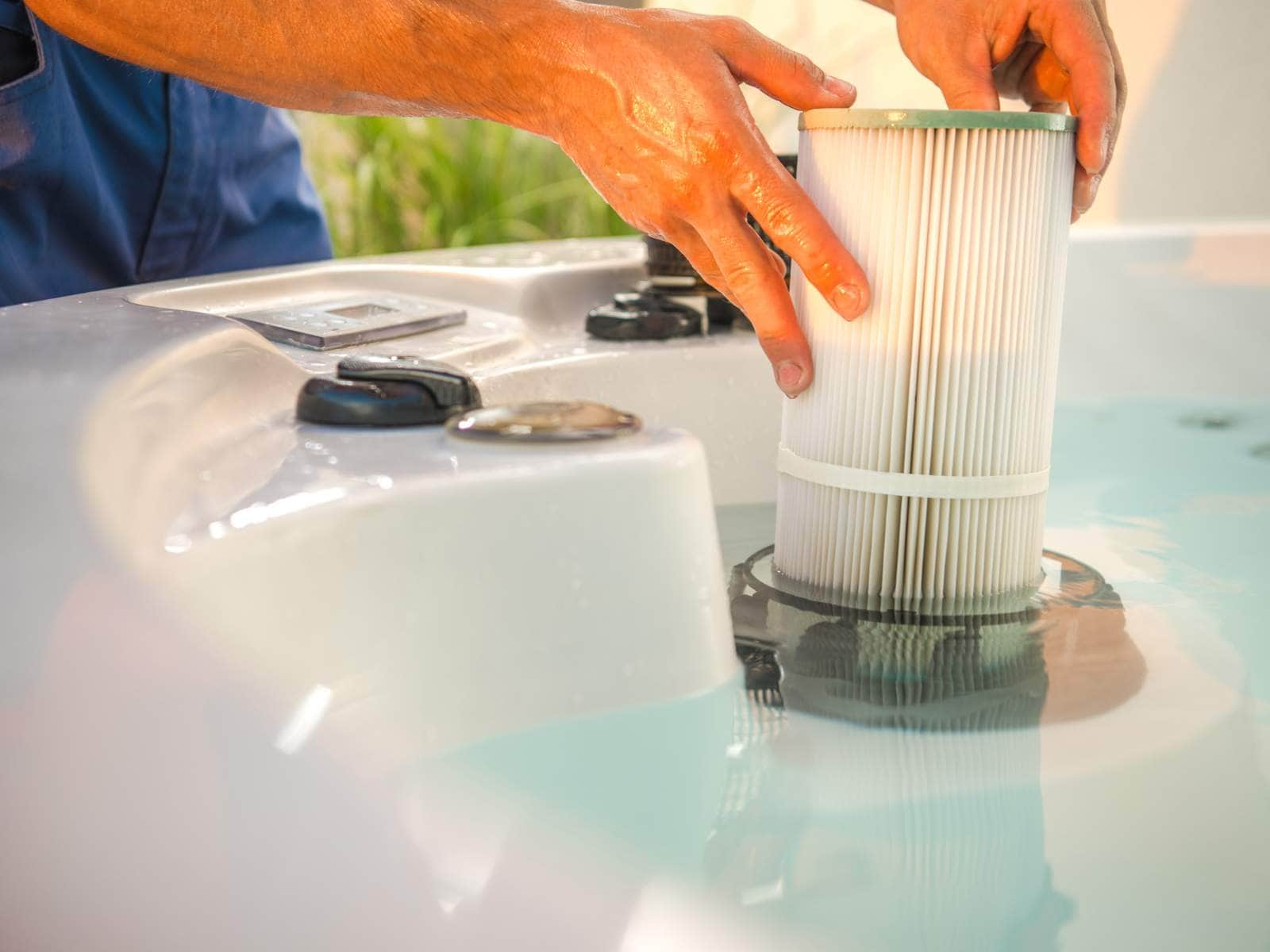
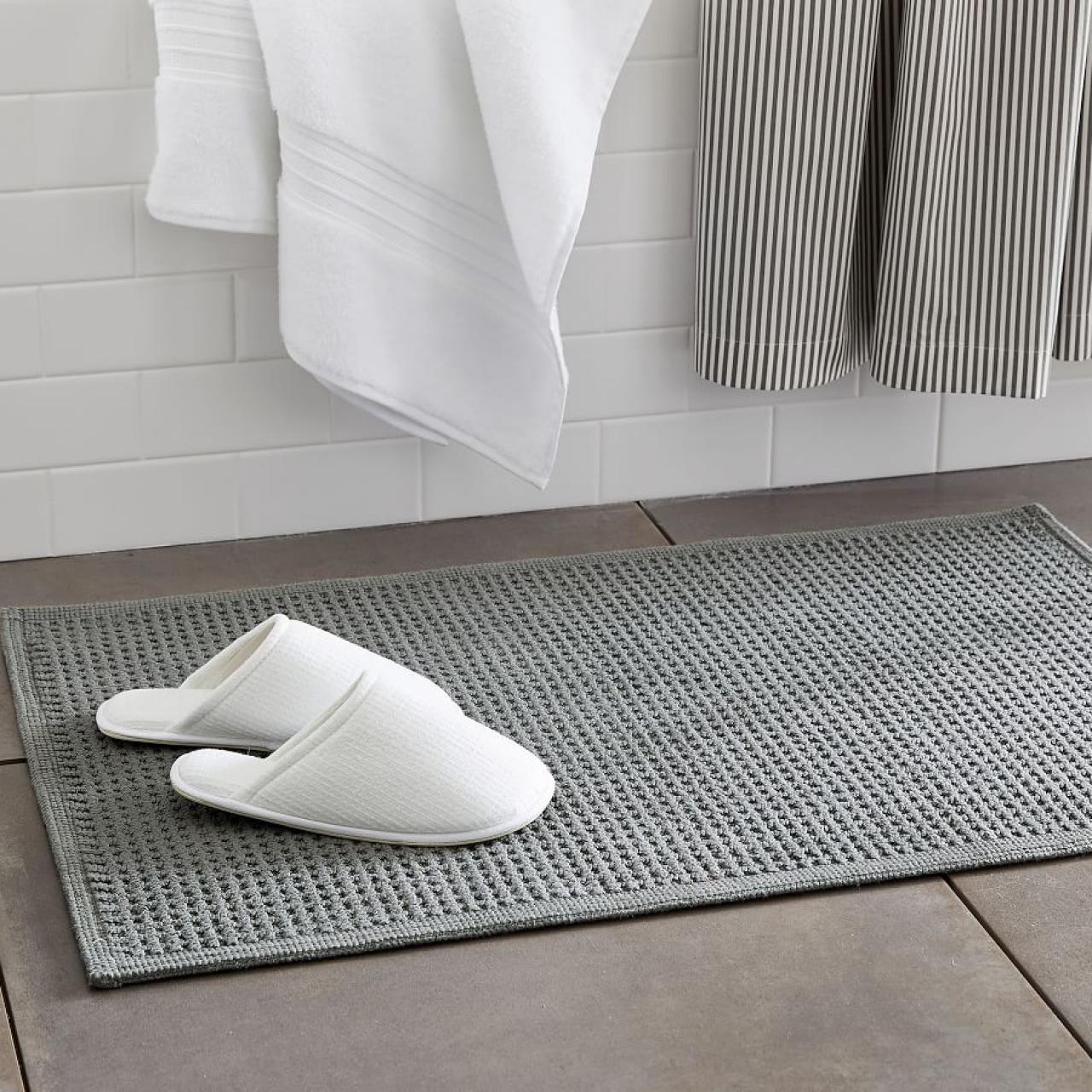
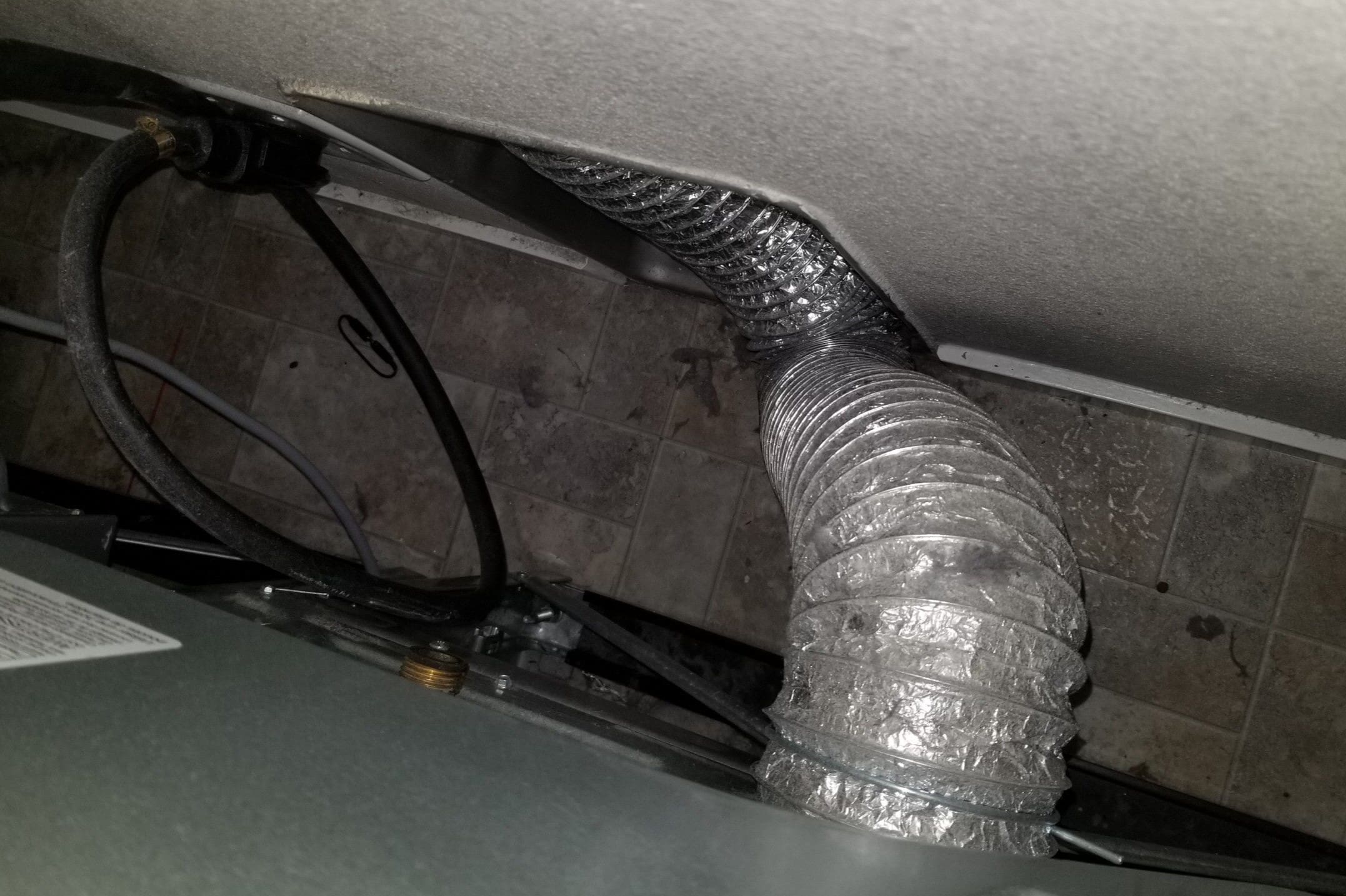

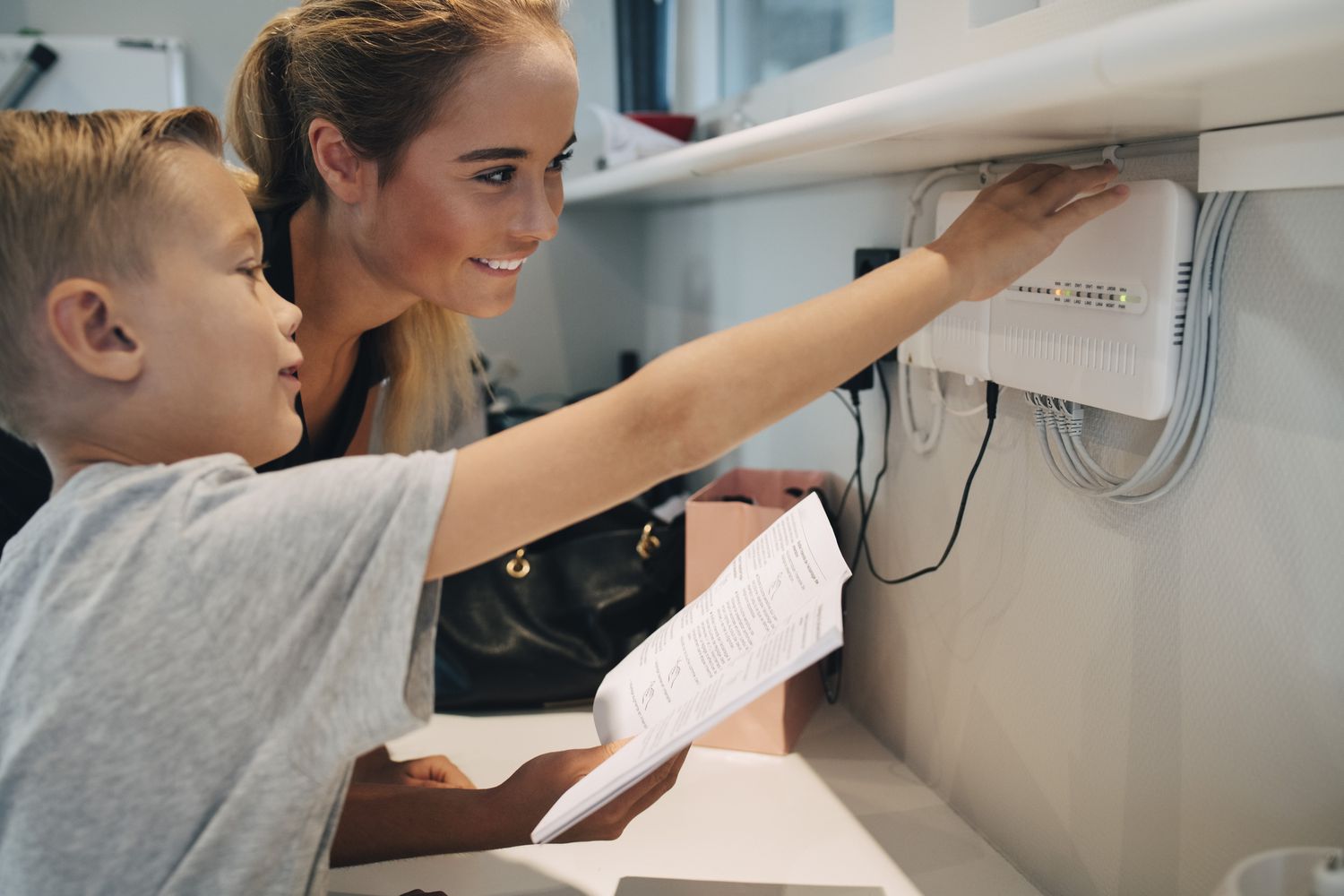

0 thoughts on “How Often Should Plumbing Be Replaced”